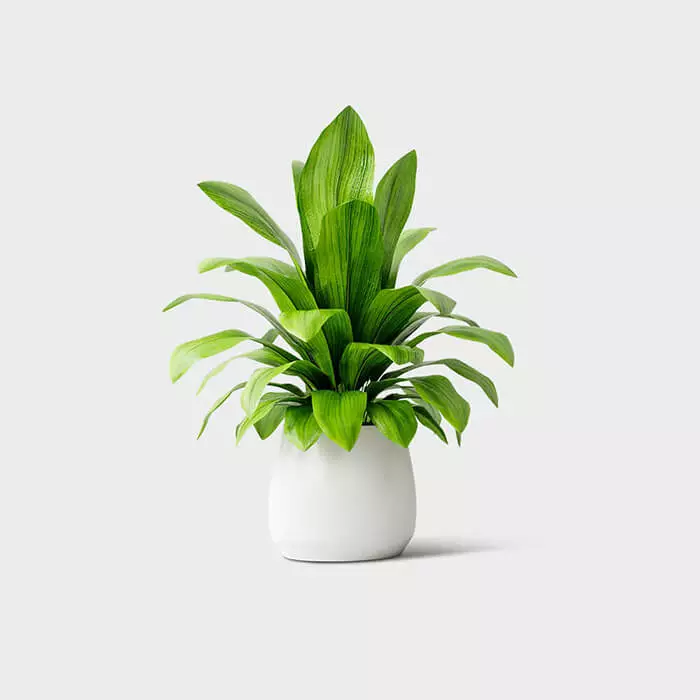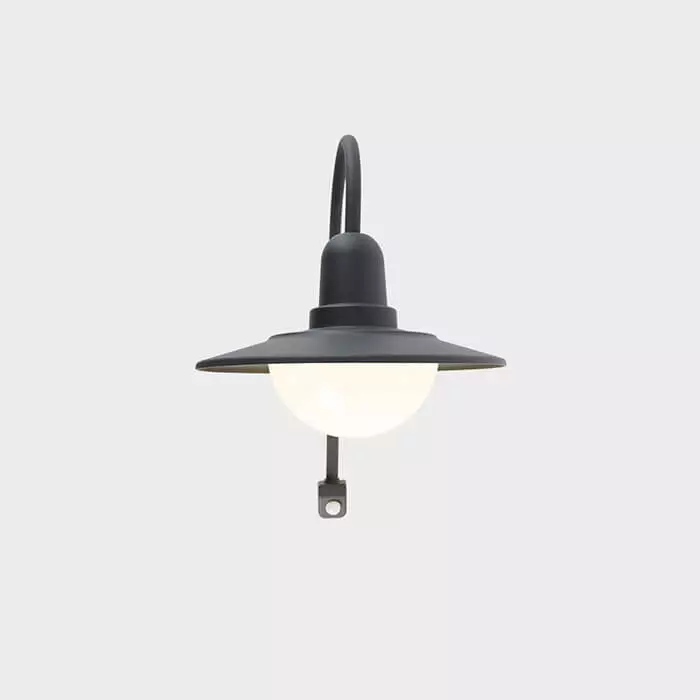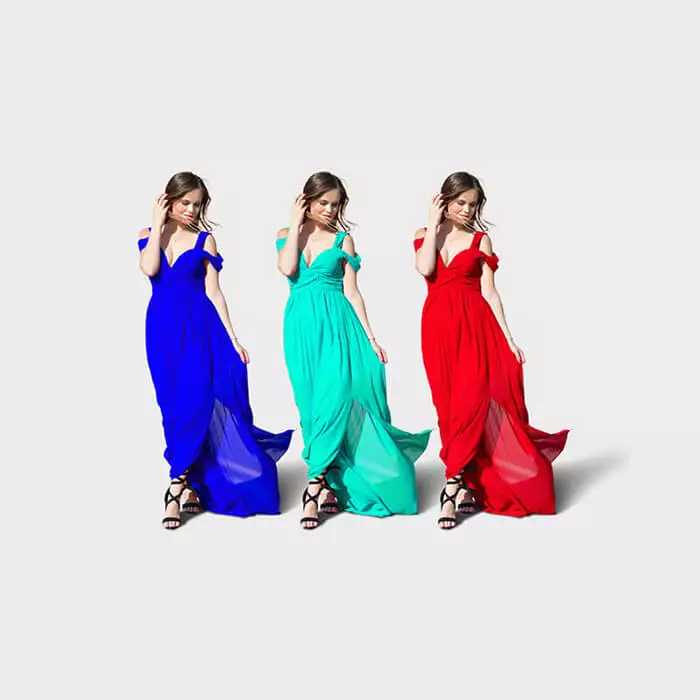As a graphic designer, I have always found myself in situations where I need to fill in missing parts of an image. Whether it’s removing unwanted objects or restoring old photos, fill tools are essential in my workflow. One of the most popular software for image editing is Adobe Photoshop, which has a built-in fill tool called Content-Aware Fill.
Content-Aware Fill in Photoshop has been around for several years and has been a game-changer for many designers. It uses an algorithm to fill in missing areas of an image by analyzing the surrounding pixels. While it’s a powerful tool, it has its limitations, and sometimes it can produce results that are not satisfactory. That’s where generative fill comes in.
Generative fill is a technique that uses deep learning algorithms to fill in missing parts of an image. It’s a relatively new technology, but it’s gaining popularity among designers and artists. Generative fill can produce more realistic and natural-looking results than traditional fill tools. It can also be used to create new images by generating content based on existing images. In this article, we will explore the world of generative fill in Photoshop and how it can improve your workflow as a designer or artist.
How to use generative fill in Photoshop
Generative fill is a powerful feature in Photoshop that allows you to fill in missing pixels in an image using a generative algorithm. Here’s how I use it:
- First, I select the area of the image that I want to fill in. This can be done using any of the selection tools in Photoshop, such as the lasso tool or the magic wand tool.
- Next, I go to the Edit menu and select Fill. In the Fill dialog box, I choose “Content-Aware” as the fill type.
- I then click on the “Generate” button to activate the generative fill algorithm. Photoshop will analyze the surrounding pixels and generate new pixels to fill in the selected area.
- If I’m not happy with the initial result, I can adjust the settings in the Fill dialog box. For example, I can increase or decrease the “Structure” or “Color Adaptation” sliders to change the way the generative fill algorithm works.
- Once I’m happy with the result, I click OK to apply the generative fill to the image.
Generative fill is an incredibly useful tool for fixing images that have missing or damaged pixels. It can also be used to remove unwanted objects from an image by filling in the area with pixels generated from the surrounding area.
Overall, generative fill is a powerful tool that can save you a lot of time and effort when working with images in Photoshop.
Customizing Generative Fill Settings
If you want more control over the Generative Fill algorithm, you can customize the settings to suit your needs. Here’s how:
- Follow the same steps as above to select the area of the image you want to fill in.
- In the Fill dialog box, select “Content-Aware” from the “Contents” drop-down menu.
- Click on the “Settings” button to open the Content-Aware Fill dialog box.
- Use the sliders and options in the Content-Aware Fill dialog box to adjust the settings to your liking.
- Click “OK” to apply the fill.
Some of the options you can adjust in the Content-Aware Fill dialog box include “Color Adaptation,” “Rotation Adaptation,” and “Scale.” Experiment with these settings to see how they affect the Generative Fill algorithm.
What is Generative Fill in Photoshop
Generative Fill is an advanced feature in Photoshop that allows you to fill in missing areas in an image using a generative model. This feature uses machine learning algorithms to analyze the surrounding pixels and generate content that matches the style and context of the image.
Generative Fill is an incredibly powerful tool that can save you time and effort when editing images. It can be used to remove unwanted objects from an image, fill in gaps in a panorama, or even add new content to an image.
Why Use Generative Fill in Photoshop
Generative Fill is a great tool for image editors who want to save time and effort when working on complex images. It can be used to remove unwanted objects from an image, fill in gaps in a panorama, or even add new content to an image.
Generative Fill is especially useful when working with images that have complex backgrounds or when you need to remove an object from an image without leaving a visible trace. It can also be used to add new content to an image, such as a sky or a background, without having to manually paint in the new content.
Overall, Generative Fill is a powerful tool that can help you save time and effort when working with complex images in Photoshop. With its advanced machine learning algorithms, Generative Fill can generate content that matches the style and context of the image, making it an invaluable tool for any image editor.
How do I enable generative fill in Photoshop?
To enable generative fill in Photoshop, I need to have the latest version of Photoshop installed on my computer. The generative fill feature was introduced in the 2020 version of Photoshop, so if I have an older version, I need to update it first.
Once I have the latest version of Photoshop, I can start using the generative fill feature by selecting the “Edit” menu and then choosing “Content-Aware Fill”. This will open up the Content-Aware Fill workspace, where I can select the generative fill option.
In the generative fill workspace, I can choose the area that I want to fill by drawing a selection around it. I can then choose the “Generative” option from the fill settings to enable the generative fill feature.
I can also adjust the settings for the generative fill feature to fine-tune the results. For example, I can adjust the number of iterations to control how many times the algorithm runs to generate the fill content. I can also adjust the blending mode and opacity to control how the fill content is blended with the surrounding area.
Overall, enabling generative fill in Photoshop is a straightforward process that can help me quickly and easily fill in areas of my images with realistic content.
Read More: Clipping Path: The Ultimate Guide to Background Removal for Your Photos
Why is generative fill greyed out in Photoshop?
As a graphic designer, I often use Adobe Photoshop for my projects. One of the features that I sometimes use is the Generative Fill option. However, there are times when I find that the Generative Fill option is greyed out and I cannot use it.
After some research, I found out that the Generative Fill option is only available in Photoshop CC 2021 and later versions. If you are using an earlier version of Photoshop, you will not be able to use this feature.
Another reason why the Generative Fill option may be greyed out is that the layer you are working on does not support this feature. Generative Fill works best on pixel layers, and if you are working on a vector layer or a smart object, the Generative Fill option will be greyed out.
It is also important to note that the Generative Fill option is not available for all types of images. This feature works best on images with a lot of texture and detail, such as landscapes, nature scenes, and abstract images. If you are working on an image that is mostly flat colors or gradients, the Generative Fill option may not be available.
In conclusion, the Generative Fill option in Photoshop is a great tool for creating unique and interesting designs. However, it is important to make sure that you are using the right version of Photoshop, working on the right type of layer, and using the right type of image to take full advantage of this feature.
In conclusion, Generative Fill is a powerful tool in Photoshop that can save you a lot of time and effort when editing images. By following the step-by-step guide and customizing the settings to your liking, you can achieve professional-looking results in no time.
Examples of Generative Fill in Photoshop
As a graphic designer, I often use the Generative Fill feature in Photoshop to create unique and visually appealing designs. Here are some examples of how I use Generative Fill to enhance my work:
Creating Abstract Backgrounds
Generative Fill is a great tool for creating abstract backgrounds that can be used in a variety of designs. By selecting a color palette and applying a few filters, I can generate a random pattern that can be used as a background for a website, social media graphic, or even a print design.
To create an abstract background using Generative Fill, I start by selecting the area where I want the pattern to appear. Then, I go to the Edit menu and select Fill. In the Fill dialog box, I choose the “Content-Aware” option and select “Generative” from the drop-down menu. From there, I can adjust the settings to create a unique and visually appealing pattern.
READ MORE: Discover the Different Types of Masking in Photoshop
Designing Textures and Patterns
Generative Fill can also be used to create custom textures and patterns for use in designs. By selecting a base image and applying a few filters, I can generate a unique texture or pattern that can be used in a variety of designs.
To create a custom texture or pattern using Generative Fill, I start by selecting the base image that I want to use. Then, I go to the Edit menu and select Fill. In the Fill dialog box, I choose the “Content-Aware” option and select “Generative” from the drop-down menu. From there, I can adjust the settings to create a texture or pattern that complements my design.
Adding Depth and Dimension to Images
Generative Fill can also be used to add depth and dimension to images. By selecting a base image and applying a few filters, I can generate a unique and visually appealing effect that can be used to enhance the overall look of an image.
To add depth and dimension to an image using Generative Fill, I start by selecting the area where I want the effect to appear. Then, I go to the Edit menu and select Fill. In the Fill dialog box, I choose the “Content-Aware” option and select “Generative” from the drop-down menu. From there, I can adjust the settings to create an effect that adds depth and dimension to the image.
Overall, Generative Fill is a versatile tool that can be used in a variety of designs. By experimenting with different settings and filters, I can create unique and visually appealing designs that stand out from the crowd.
Frequently Asked Questions
How do I use generative fill?
To use generative fill in Photoshop, select the “Edit” menu and then choose “Content-Aware Fill.” From there, select the “Generative” option in the “Fill Type” section. Adjust the settings as needed and then click “OK” to apply the generative fill.
Is generative fill in Photoshop beta?
No, generative fill in Photoshop is not in beta. It is a stable feature that is available in certain versions of Photoshop.
Which version of Photoshop has generative fill?
Generative fill is available in Adobe Photoshop 2021 and later versions.
How can I add generative fill in Photoshop?
If you have an older version of Photoshop that does not include generative fill, you will need to upgrade to a newer version. Alternatively, you can subscribe to Adobe Creative Cloud to access the latest version of Photoshop.
Why is generative fill not showing up in Photoshop beta?
Generative fill may not be available in beta versions of Photoshop. If you are using a beta version and do not see the generative fill option, you may need to wait for the stable release of the feature.
Can I use generative fill online?
Generative fill is a feature that is only available in Adobe Photoshop software. It cannot be used online or in other photo editing software.












